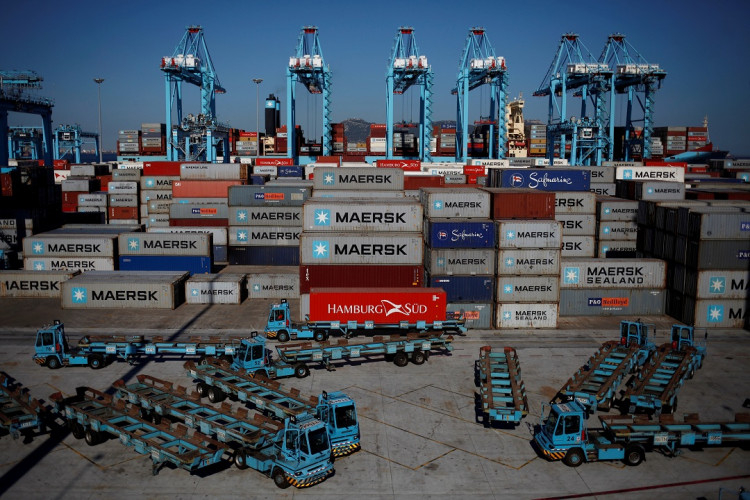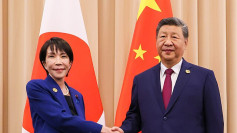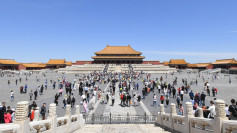China's Ministry of Commerce has announced plans for deeper reforms for the country's six new free trade zones (FTZs). The agency hopes to achieve the further high-level opening of the country's economy by boosting development through the planned reforms.
The six new FTZs are the latest addition to the country's growing number of foreign investment-friendly infrastructures. China has so far established a total of 18 FTZs spread across the country.
The new batch of FTZ will be located in Hebei, the Heilongjiang province, Jiangsu, Shangdong, Yunnan, and the Guangxi Zhuang autonomous region. Apart from supporting traditional industries such as manufacturing and logistics, the new FTZs will be aimed mostly at fostering emerging technologies such as chip-making, artificial intelligence, and internet of things applications.
According to China's vice minister of commerce, Wang Shouwen, the move to enhance the country's existing and future FTZs is a clear sign of the government's resolve to fully support a more open world economy.
Part of the reformation will involve the taking advantage of location-specific advantages for each FTZ. As an example, the FTZ in Heilongjiang can take advantage of its proximity to Russia by deepening ties with nearby Russian companies. The FTZ could also facilitate the movement of people across the border.
The plan was echoed by the country's State Council on Monday, revealing plans to carry out different reforms based on the strategic positioning and local characteristics of each FTZ.
Reform plans for the Jiangsu FTZ will include a bolstering of overseas investments and cooperation. The FTZ will also look at promoting development in the manufacturing sector. Plans for the Guangxi Zhuang autonomous region FTZ will include the establishment of international transportation routes to essentially make the area into the gateway in the west. Plans for the other FTZs were also discussed by the State Council during a panel earlier in the week.
China originally established its first FTZ in Shanghai in 2013. This was then immediately followed by the establishment of four other FTZs, located in Fujian, Guangdong, Shaanxi, and Sichuan.
As China slowly opened up its economic doors to foreign institutions, the country's accelerated its plans to establish new FTZs. Over the past five years, the country has seen an influx of foreign investment, fueled primarily by the establishment of the FTZs.
In response to the increase in foreign investment, China implemented radical reforms to attract more overseas companies. These reforms included enhancements to its facilitation, financial services support, improved government functions, and the overall liberalization of trade within the country.






